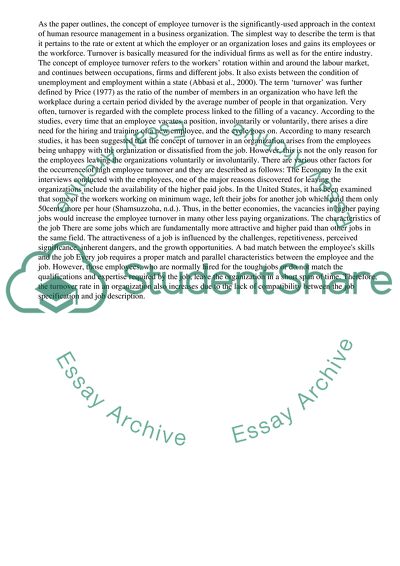Cite this document
(“Causes of Employee Turnover Research Paper Example | Topics and Well Written Essays - 1500 words”, n.d.)
Causes of Employee Turnover Research Paper Example | Topics and Well Written Essays - 1500 words. Retrieved from https://studentshare.org/management/1447983-employee-turnover
Causes of Employee Turnover Research Paper Example | Topics and Well Written Essays - 1500 words. Retrieved from https://studentshare.org/management/1447983-employee-turnover
(Causes of Employee Turnover Research Paper Example | Topics and Well Written Essays - 1500 Words)
Causes of Employee Turnover Research Paper Example | Topics and Well Written Essays - 1500 Words. https://studentshare.org/management/1447983-employee-turnover.
Causes of Employee Turnover Research Paper Example | Topics and Well Written Essays - 1500 Words. https://studentshare.org/management/1447983-employee-turnover.
“Causes of Employee Turnover Research Paper Example | Topics and Well Written Essays - 1500 Words”, n.d. https://studentshare.org/management/1447983-employee-turnover.


